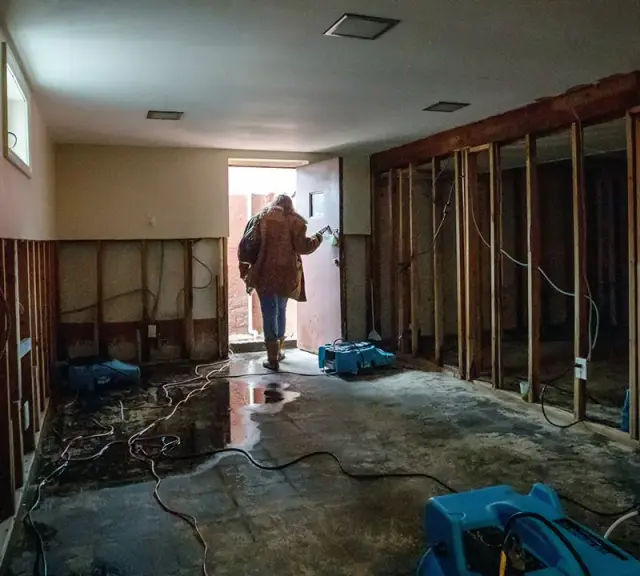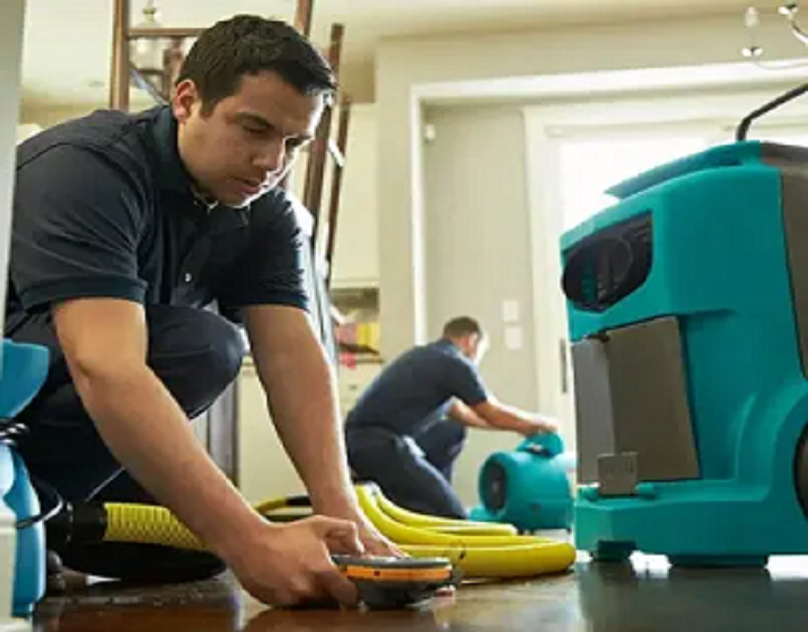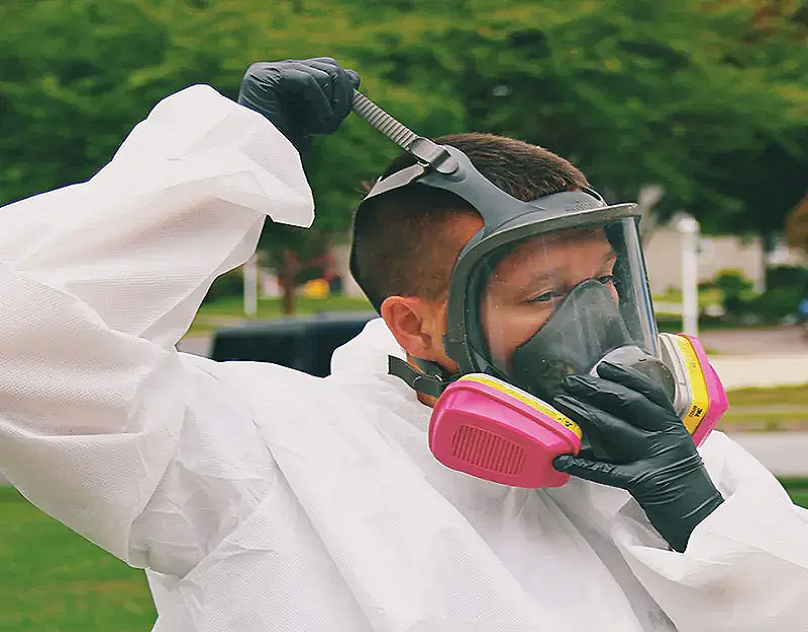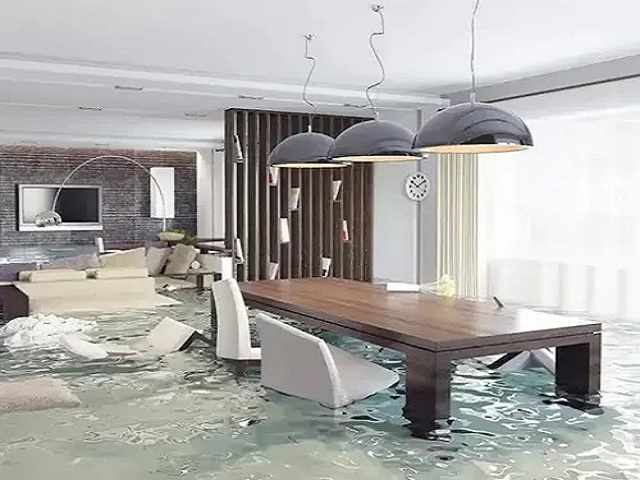
A flood in the basement is more than just a soggy inconvenience; it is a potential disaster that can lead to serious structural damage, electrical hazards, and health concerns due to mould and mildew. Whether you are dealing with a natural flood or a plumbing mishap, knowing what to do (and what not to do) can make a big difference in how quickly and safely you recover. Here's a practical guide to handling a flooded basement, especially when it comes to cleanup and flood repair.
DO: Prioritize Safety First
Turn off the electricity and the gas feeding your basement before going into a flooded area. Live wires and water are a lethal mix, and a small amount of water can be dangerous due to an electrocution hazard. In case you do not know how to proceed with this to make it safe to do so, wait until others (professionals) come.
Don't: Use Electrical Appliances in the Basement
Do not succumb to temptation and insert anything into electric sockets, even when you are in the water, even though your vacuum may claim to support such an operation. Rather, call an emergency leak repair service. They equip themselves with special tools in order to pump the water and start to dry the place safely.
DO: Act Quickly
A home flood is dependent on time. The more water stays, the more flood damage there is. The mould will only take 24 to 48 hours to start developing. The sooner you save your basement by drying it up, the better the chances of saving what you own and even your structure.
Don't: Assume the Problem is Fixed
It is the biggest pitfall that homeowners cause themselves by mopping up the water observed and leaving the real problem of the underlying water. Unless fixed, floods brought about by sump pump failure, cracks in pipes or cracks in the foundations will recur. You should also ensure that a thorough inspection is carried out; this is better done by experts in flood repair to avoid future complications.
DO: Remove Wet Items Carefully
Remove damp seats, carpets, containers and personal things. Install anything that can be salvaged and transferred to a dry, well-ventilated place. Also, do not forget that dirty flood water might also include dangerous bacteria and chemicals, so wear gloves and a mask.
Don't: Ignore Professional Help
A do-it-yourself solution is not always safe and effective, even when you think it is possible. The trends may be industrial-grade dehumidifiers, moisture sensors, and anti-microbial when it becomes necessary to clean out a flooded basement. The training of water damage restoration professionals helps them to evaluate unseen issues and get rid of long-term threats.
DO: Document the Damage
Take pictures and videos of all that you see, and then cleanup starts. This record is very necessary in case you intend to make an insurance claim. There should be damaged furniture, appliances, the components of the structure, and even small personal things which were affected by the flood in basement.
Don't: Delay Insurance Contact
As soon as you deal with the flood, call your insurance company. Policies contain time factors, and procrastinating will risk or eliminate your coverage. An insurance claims process can also be handled by the use of a professional emergency leak repair or flood damage restoration company, which can provide detailed damage reports.
Conclusion:
A home flood, especially in the basement, is stressful, but knowing these essential dos and don'ts can make the recovery process safer, faster, and less costly. Prompt action, safety awareness, and professional help are your best tools for minimizing flood damage and protecting your home from future incidents.
Would you like a checklist version of these tips for quick reference on flooded basement cleanup or emergency leak repair?




















Write a comment ...